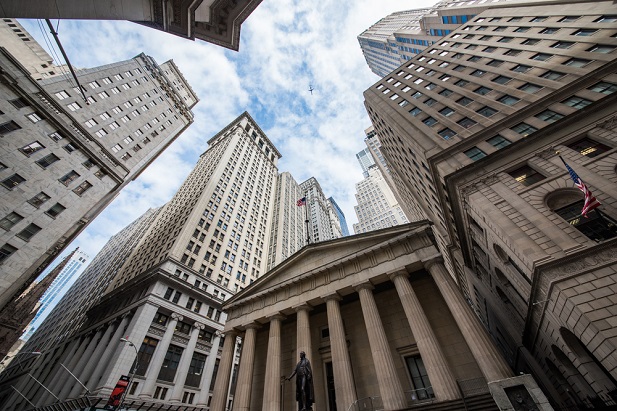
The recent COVID-19 selloff reveals the diversity among funds’ approach to risk management, according to Leo Acheson, director of multi-asset ratings at Morningstar.
Acheson looked at eight prominent 2020 TDFs; equity exposure ranged from 8 percent to 55 percent. The gallery that follows offers statistics on the eight TDFs and his comments.
The article below examines his take on TDFs after the financial crisis and now.
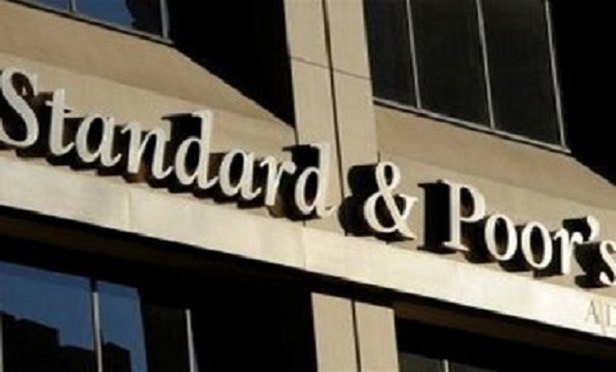
1. S&P Target Date Index 2020
- Equity exposure: 48 percent
- COVID-19 selloff: -17.52
- 1-year performance: -8.46
- 5-year performance: 9.78
- 10-year performance: -- The index is designed to help 401(k) plan sponsors screen and monitor their TDFs.
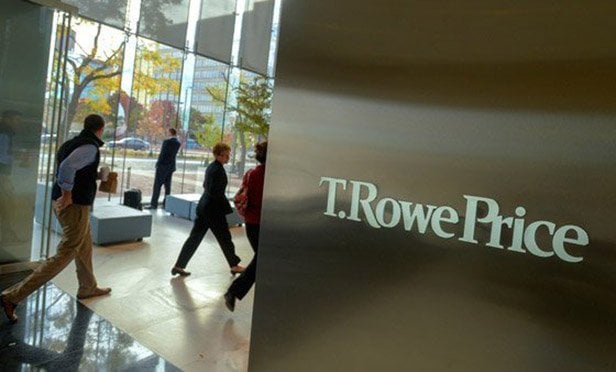
2. T.Rowe Price Retirement 2020
- Equity exposure: 55 percent
- COVID-19 selloff: -22.79
- 1-year performance: -13.06
- 5-year performance: 7.44
- 10-year performance: 74.69
“T. Rowe Price has long stood by its commitment to minimize longevity risk via a heavy equity weighting in its Retirement series. That led to one of the industry’s worst outcomes for near-retirees during the drawdown, when its 2020 fund declined almost 23 percent, lagging relevant target-date indexes ... by about 4 to 5 percentage points. The fund’s higher risk profile has paid off over the long term--since the market bottomed on March 9, 2009, through March 20, 2020, it gained 192 percent, outpacing all its competitors. The series remains an excellent choice--its cheapest share class earns a Morningstar Analyst Rating of Silver--but investors should prepare for a bumpy ride.” —Leo Acheson, Morningstar
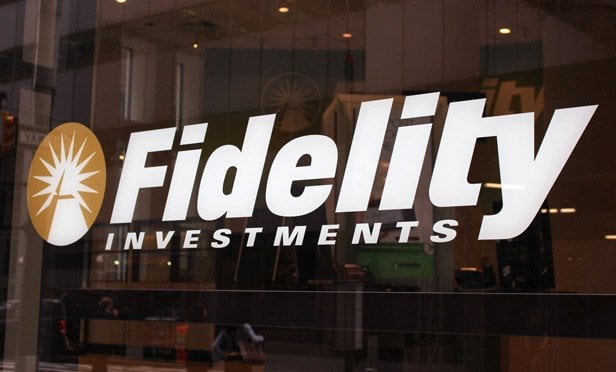
3. Fidelity Freedom 2020
- Equity exposure: 52 percent
- COVID-19 selloff: -19.21
- 1-year performance: -9.80
- 5-year performance: 10.26
- 10-year performance: 65.31
“Its above-average targeted equity stake of 52 percent at retirement contributed to its 2020 fund’s below-average 19.2 percent loss during the coronavirus sell-off. Investors in its 2020 fund have reaped the benefits of an overweight stake in equities during the past five years, but when stocks neared their trough this year, the 2020 fund’s one- and three-year returns came up short. The series remains a strong option; it improved its approach in late 2013 amid lackluster results and now earns a Silver rating on its cheapest share class.” —Acheson, Morningstar

4. Vanguard Target Retirement 2020
- Equity exposure: 50 percent
- COVID-19 selloff: -18.59
- 1-year performance: -8.87
- 5-year performance: 10.23
- 10-year performance: 74.37
“Vanguard’s 2020 fund targets a 50 percent weighting in stocks at retirement, which largely drove its subpar 18.6 percent decline in the drawdown. However, its conservative bond portfolio, which lost just about 1 percent in the sell-off, lessens its risk profile. The series’ two share classes receive Silver ratings; its consistent and highly diversified approach has delivered over time and it remains a top pick for investors.” —Acheson, Morningstar
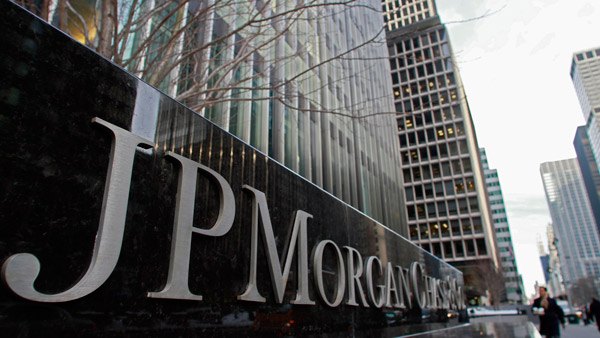
5. JP Morgan SmartRetirement 2020
- Equity exposure: 33 percent
- COVID-19 selloff: -17.04
- 1-year performance: -8.05
- 5-year performance: 7.78
- 10-year performance: 72.25
“The 2020 fund’s bond sleeve lost about 4 percent in the drawdown. Still, with a 17 percent loss, the 2020 fund held up modestly better than peers and target-date indexes. Despite a few missteps during the past five years, the 2020 fund’s long-term returns rank among the industry’s best, owing to the team’s thoughtful approach to strategic asset allocation, tactical tilts, and manager selection. The series’ cheapest share class earns a Silver rating, highlighting our conviction in its long-term prospects.” —Acheson, Morningstar

6. American Funds Target Date Retirement 2020
- Equity exposure: 46 percent
- COVID-19 selloff: -16.44
- 1-year performance: -7.55
- 5-year performance: 13.02
- 10-year performance: 82.41
“American Funds’ 2020 fund pulled off an impressive feat. Despite an above-average 46 percent equity weighting, it lost 16.4 percent amidst the sell-off--that’s still painful, but it’s better than about 70 percent of peers. The series’ bias toward giant caps with strong fundamentals, safe bond portfolios, and large cash balances held by its underlying funds offset its overweighting in stocks. Strong security selection by the series’ underlying managers has helped most of this series’ funds rank among the industry’s best over most trailing periods, supporting its cheapest share class’ Silver rating.” —Acheson, Morningstar
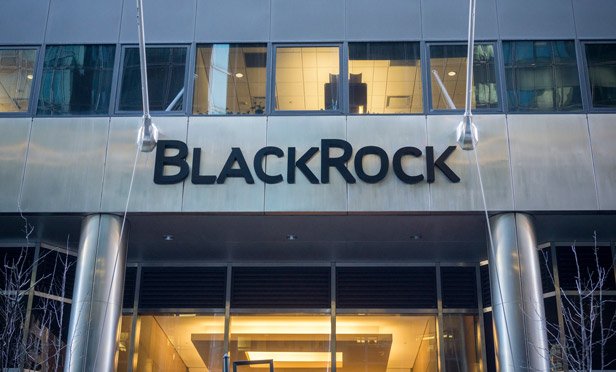
7. BlackRock LifePath Index 2020
- Equity exposure: 40 percent
- COVID-19 selloff: -15.34
- 1-year performance: -5.78
- 5-year performance: 11.65
- 10-year performance: --
“The firm merged its 2020 fund into its Retirement fund in November 2019, a move that proved beneficial as the latter’s conservative stance held up well during the coronavirus meltdown. Investors retiring in 2020 lost 15.3 percent during that period, meaningfully outpacing relevant target-date indexes and landing in the peer group’s top quintile. The series’ timely merger of the 2020 fund and its more aggressive equity stance versus the norm up until just a few years before retirement has led to strong results over the past five years, when the series revamped its glide path. BlackRock LifePath Index, which receives a Gold rating on its cheaper share classes.” —Acheson, Morningstar

8. John Hancock Multi-Index 2020 Preservation
- Equity exposure: 8 percent
- COVID-19 selloff: -13.37
- 1-year performance: -5.93
- 5-year performance: 5.40
- 10-year performance: --
“John Hancock’s Multi-Index Preservation has the most conservative glide path among series we cover, aiming to guard against market risk. That positioning helped this series’ 2020 fund outperform about 90 percent of rivals and both target-date indexes amidst the sell-off, when it declined 13.4 percent. However, the series’ overly conservative stance has weighed on returns over time. The 2020 fund posted subpar results over the trailing three, five, and seven-year periods. The series earns a Neutral rating on its cheapest share class. The firm offers other target-date series with more equity-heavy glide paths that have fared better over time.” —Acheson, Morningstar
Equity markets were hammered between February 20 and March 20, the most pernicious period—so far—of the COVID-19 selloff. As expected, the losses extended to target-date funds. Retirement savers with a mid to long-term investment horizon will recover as the economy eventually does, or such is the consensus among retirement industry leaders.
Larger questions remain for those that had been planning to retire this year, or more precisely, those invested in TDFs of a 2020 vintage.
TDF mangers, of course, rebalance risk and asset allocations along a glide path to account for an investor’s age. But they do so in different ways, with different objectives. Some lean heavier on equity markets to account for longevity risk. Others rely less on equities to account for market risk at retirement.
The good news for TDF investors is the funds are better off today than they were in 2009, in the aftermath of the global financial crisis, according to new data from Morningstar.
Back then, U.S. equities fell 55 percent from their 2007 peak to their 2009 bottom. TDFs with a 2010 vintage lost, on average, 67 percent of the stock losses. By March 20 of last month, when U.S. equities had lost 33 percent from their peak, the average 2020 TDF had lost 55 percent of equity losses.
Not all TDFs created the same
The decline of TDFs in the wake of the financial crisis drew the ire of then SEC commissioner Louis Aguilar.
Prior to the crisis, 2010 funds were front-loading equity risk. From 2006 to 2007, the average equity allocation went from 41 percent to 57 percent. The four largest 2010 funds held an average equity position of 52.2 percent. Managers ranged widely: Previous Morningstar research showed equity allocations from 26 percent to 72 percent. Losses during the financial crisis ranged from 9 percent to 42 percent. The average loss was 22.8 percent in 2010 funds.
In general, today’s 2020 managers appear to be more disciplined, says Leo Acheson, director of multi-asset ratings at Morningstar.
“During the financial crisis, near-retirees were, on average, more aggressively positioned than they were during this year’s bear market,” Acheson said in an email. “Our 2009 target-date landscape report shows the average 2010 fund had a strategic equity weighting of about 50 percent during 2009. During this year’s selloff, the average 2020 fund had a strategic equity weighting of about 43 percent.”
Moreover, underlying funds in TDFs have averted some of the losses seen in 2008 and 2009.
Over the last decade, improvements in underlying manager selection and asset allocation approaches have benefited target-date investors,” said Acheson. “For instance, during the financial crisis, Oppenheimer’s target-date series suffered as its core bond offering lost more than 40 percent. You haven’t seen underlying fund blowups to that degree in this year’s drawdown.”
Acheson said TDF managers have developed more sophisticated asset-allocation and risk-management approaches. Nevertheless, the recent COVID-19 selloff reveals the diversity among funds’ approach to risk management.
“The sharp sell-off caused by the global coronavirus pandemic served as a good reminder that, despite extreme diversification, not all target-date funds are created equal,” writes Acheson in new analysis of the TDF market.
Acheson looked at seven prominent 2020 TDFs. Equity exposure ranged from 8 percent to 55 percent. See the gallery above for their statistics and his comments.
READ MORE:




 Home
Home









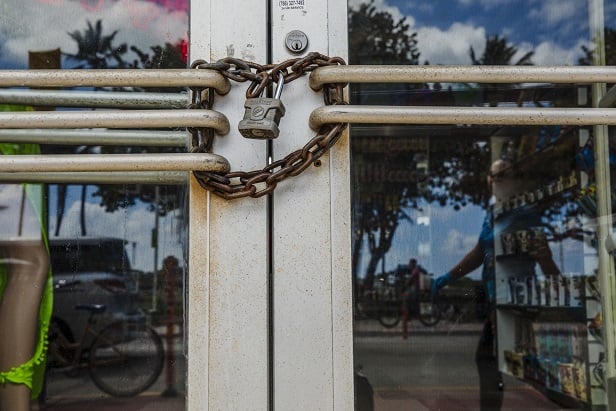

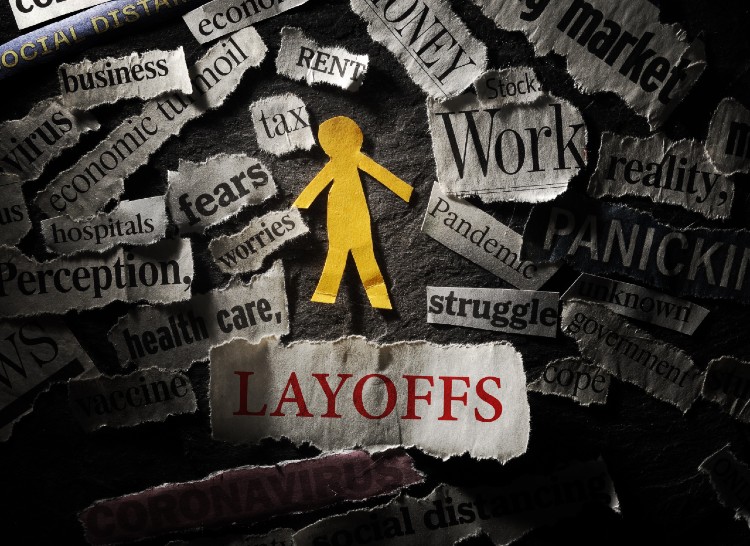





 Copyright © 2025 ALM Global, LLC. All Rights Reserved.
Copyright © 2025 ALM Global, LLC. All Rights Reserved.